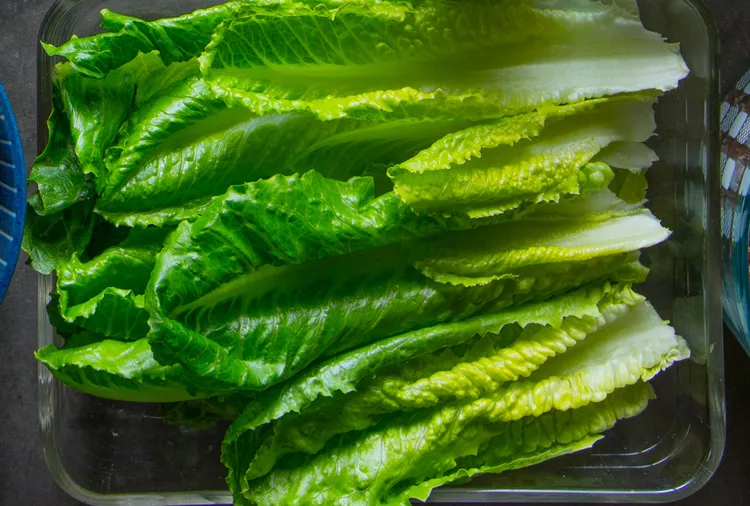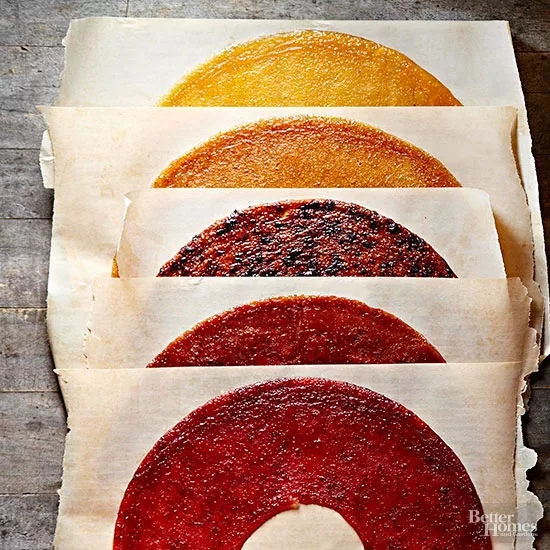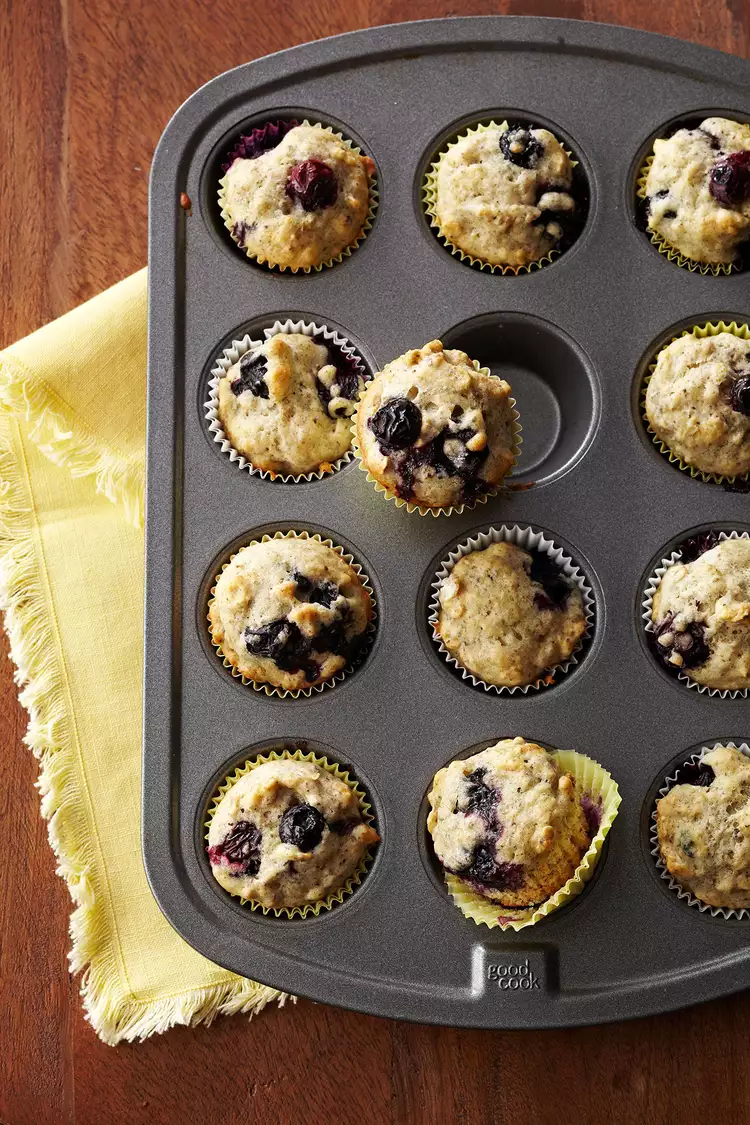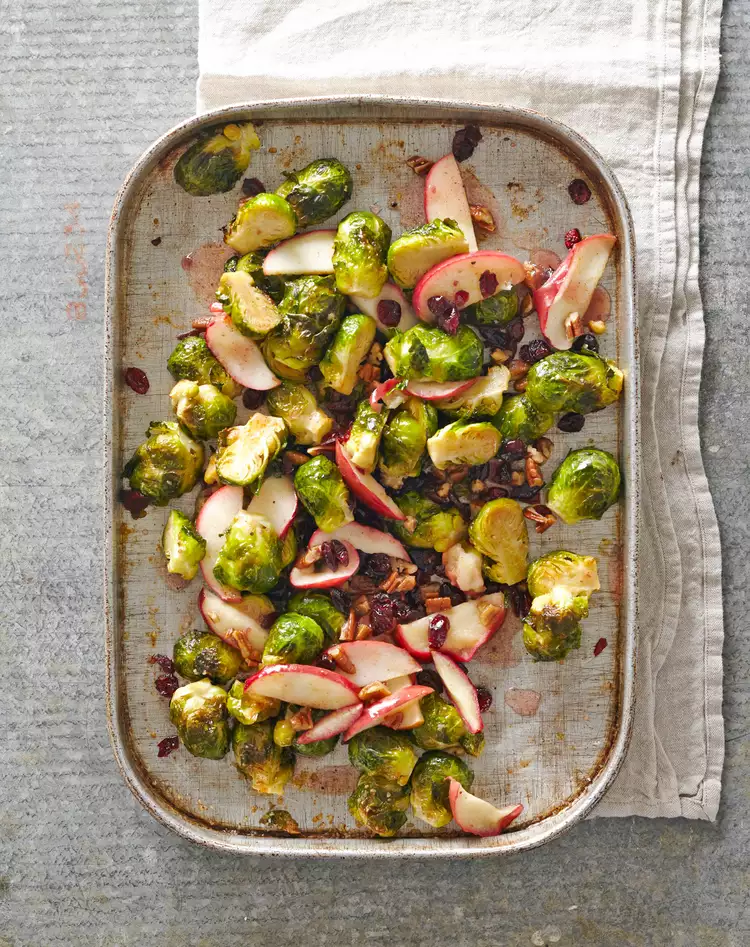Lettuce is versatile and nutritious, and it comes in so many varieties that you can keep turning over a new leaf until you find a type of lettuce that matches your flavor and texture preferences. From colorful red leaf to peppery arugula, we always have at least one or two types of lettuce on hand.
To ensure that all of us can make the most of our garden haul or produce aisle investment, we tapped Sarah Brekke, M.S., Better Homes & Gardens Test Kitchen brand manager, to give us a refresher on how to store lettuce.
- Sarah Brekke, M.S., Better Homes & Gardens Test Kitchen brand manager
How to Choose Lettuce
Whether you’re shopping at the supermarket, perusing vendors at the farmers market, or touring through your garden to see if your lettuce plants are ready to harvest, look for lettuce that is:
- Brightly colored, with no brown spots.
- Crisp rather than wilted.
- Greens that come by the bunch should be dense, firm, and heavy for their size.
How to Store Lettuce in the Refrigerator
When considering how to store lettuce, “the variety of lettuce matters less than how you purchased it: in a bag vs. in a clamshell vs. as a head,” Brekke says.
The most important things to remember about how to store lettuce, according to Brekke:
- Moisture is the foe of tender greens.
- Air circulation is key.
“Although greens need humidity to store properly, too much moisture will waterlog your greens and cause them to turn slimy quickly,” she says.
Most bagged lettuce and clamshell lettuce is pre-washed and dried prior to packaging. Store these types of lettuce in your refrigerator’s high-humidity crisper drawer, then open and use as desired.
Test Kitchen Tip: Before refrigerating greens in a clamshell, open the package, place a dry paper towel on top of the greens, then reseal the package. Store the clamshell upside down in the crisper drawer. Since the paper towel is now on the bottom, it will help to absorb any excess moisture and your greens should last several days longer than if you skipped the towel.
For heads of lettuce, ideally, you’ll wash these leaves just before mealtime. Here’s how to store lettuce straight from the garden or grocery store:
- Using paper towels or a clean kitchen towel, pat the leaves dry. (As we hinted to above, any moisture can speed up spoilage.)
- With a new, dry sheet of paper towels, wrap the lettuce, then transfer it to a zip-top bag and seal the top.
- Place the lettuce in your refrigerator’s high-humidity crisper drawer.
When you’re ready to put your greens to good use, here’s how to wash lettuce with and without a salad spinner.
Test Kitchen Tip: When you’re considering how to store lettuce, there is one outlier that comes with special instructions. Wrap dry hearts of romaine in foil, then store them in your refrigerator’s high-humidity crisper drawer.
If you’d like to wash your lettuce in advance, chop them as desired, wash them well, then spin the leaves or pat them dry with paper towels or a clean kitchen towel. Then here’s how to store lettuce that’s been pre-washed and dried:
- Line a zip-top bag or airtight container with dry paper towels, then seal.
- Place the lettuce in your refrigerator’s high-humidity crisper drawer.
- Check on the lettuce every day or two. If the paper towel becomes wet over time, swap it out with a dry one, or if some leaves start to deteriorate, remove those leaves and discard them.
“We have found that as long as the greens are stored properly after washing, it’s not a huge deal if you wash the greens a few days in advance,” Brekke says. “Just remember that the biggest issue for greens, especially more tender ones, is excess moisture.”
Can You Freeze Lettuce?
“While it is possible to freeze lettuce, it will destroy the crisp texture and you’ll end up with a slimy pile of leaves once it thaws. Some people like to freeze extra lettuce and use it in things like soup, quiche, or smoothies, but in the Test Kitchen, we always recommend using fresh greens whenever possible,” Brekke says. (So with that in mind, it makes sense that lettuce is one of foods you should never freeze, if you ask us.)
If you would like to freeze some other kind of green to toss into recipes like soups, stews, and smoothies, consider a sturdier option like kale. Here’s how to store kale in the freezer (or refrigerator).
How Long Does Lettuce Last?
With proper storage conditions, leafy lettuce varieties should last for about 7 to 10 days, Brekke says. As for that foil-wrapped romaine, it can last for about 2 weeks.
Watch for signs of excess moisture, wilting, dark leaves, and brown- or rust-colored spots; these are all signs that your lettuce is starting to go bad and is best used as “food” for your compost—rather than yourself.




















